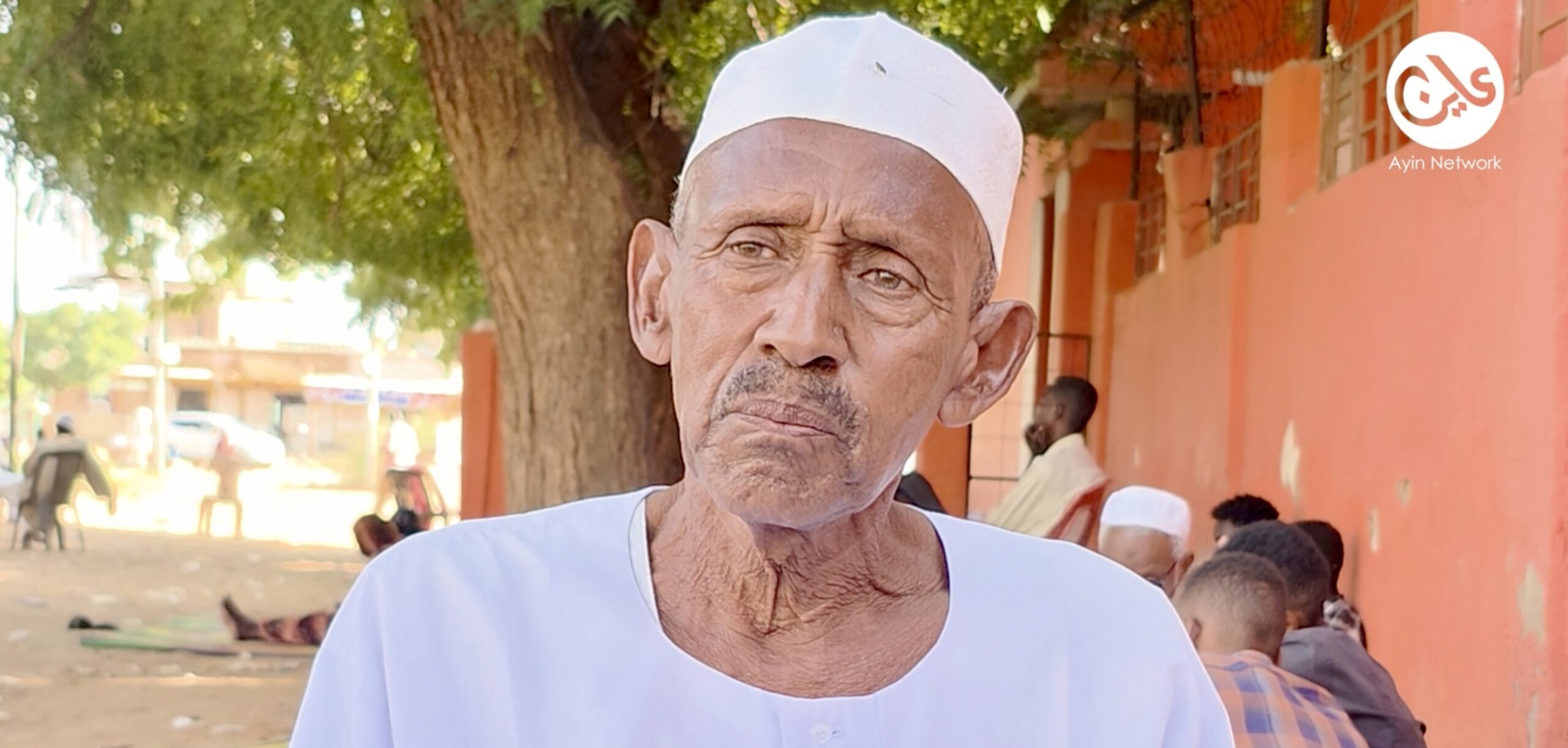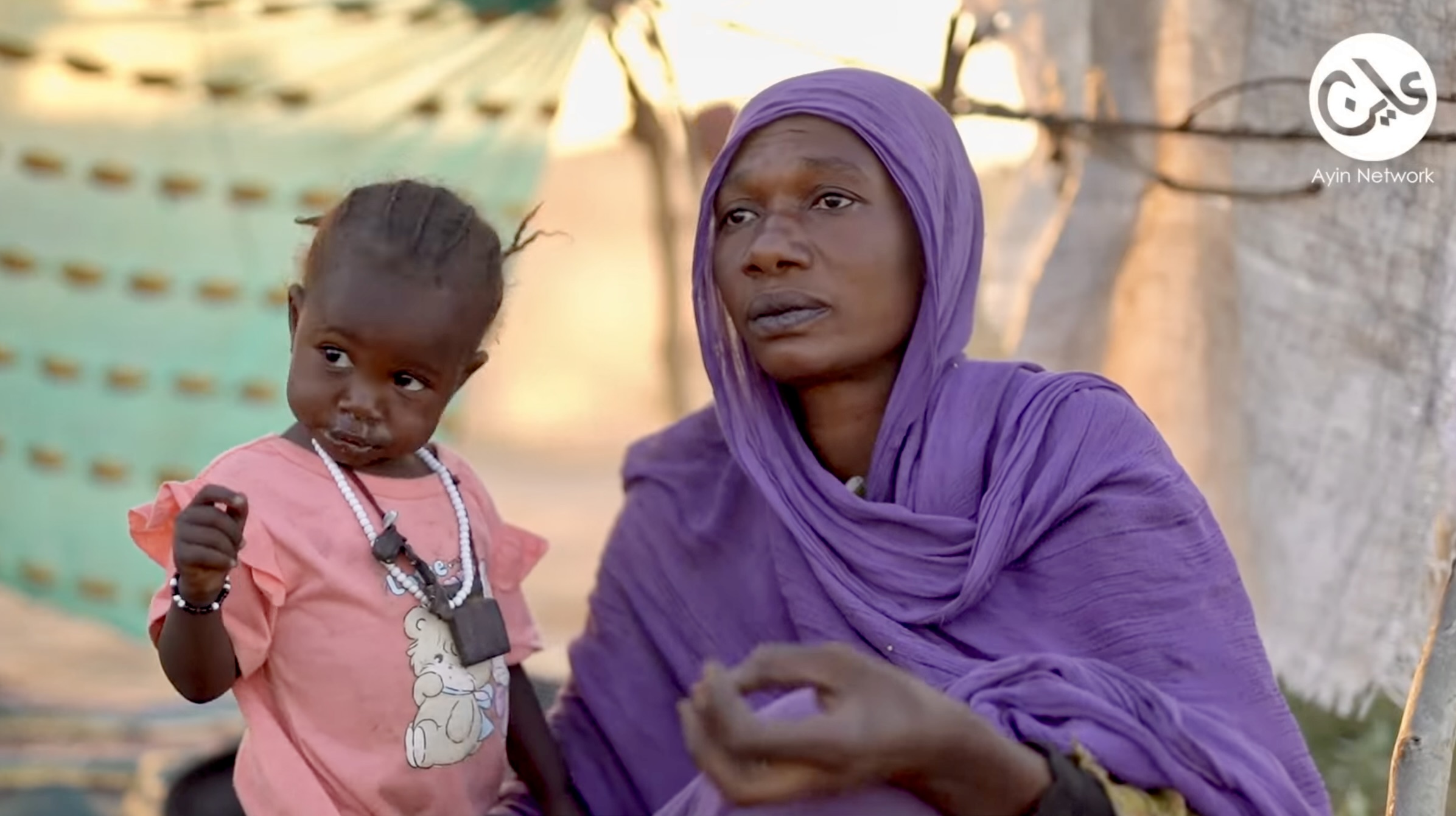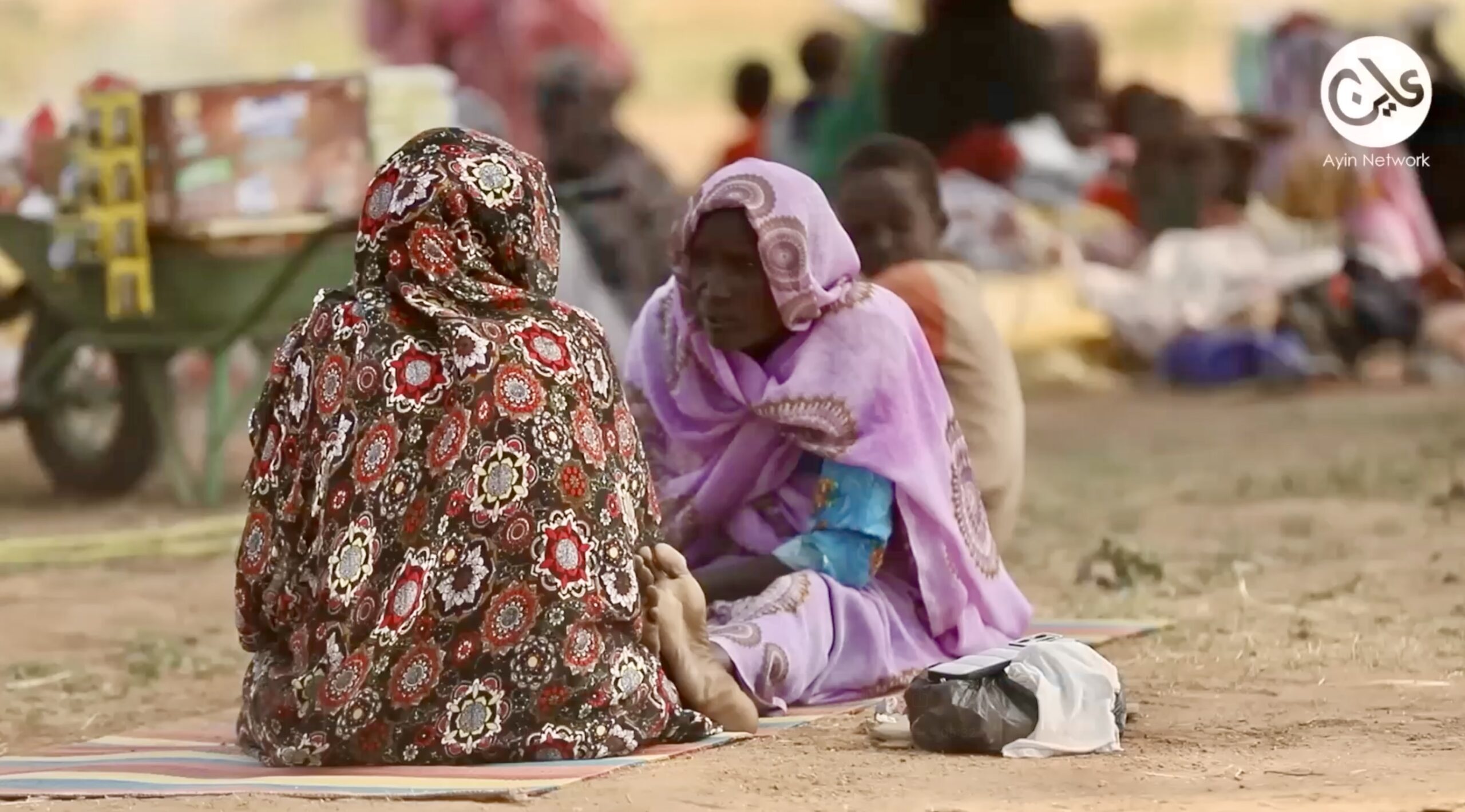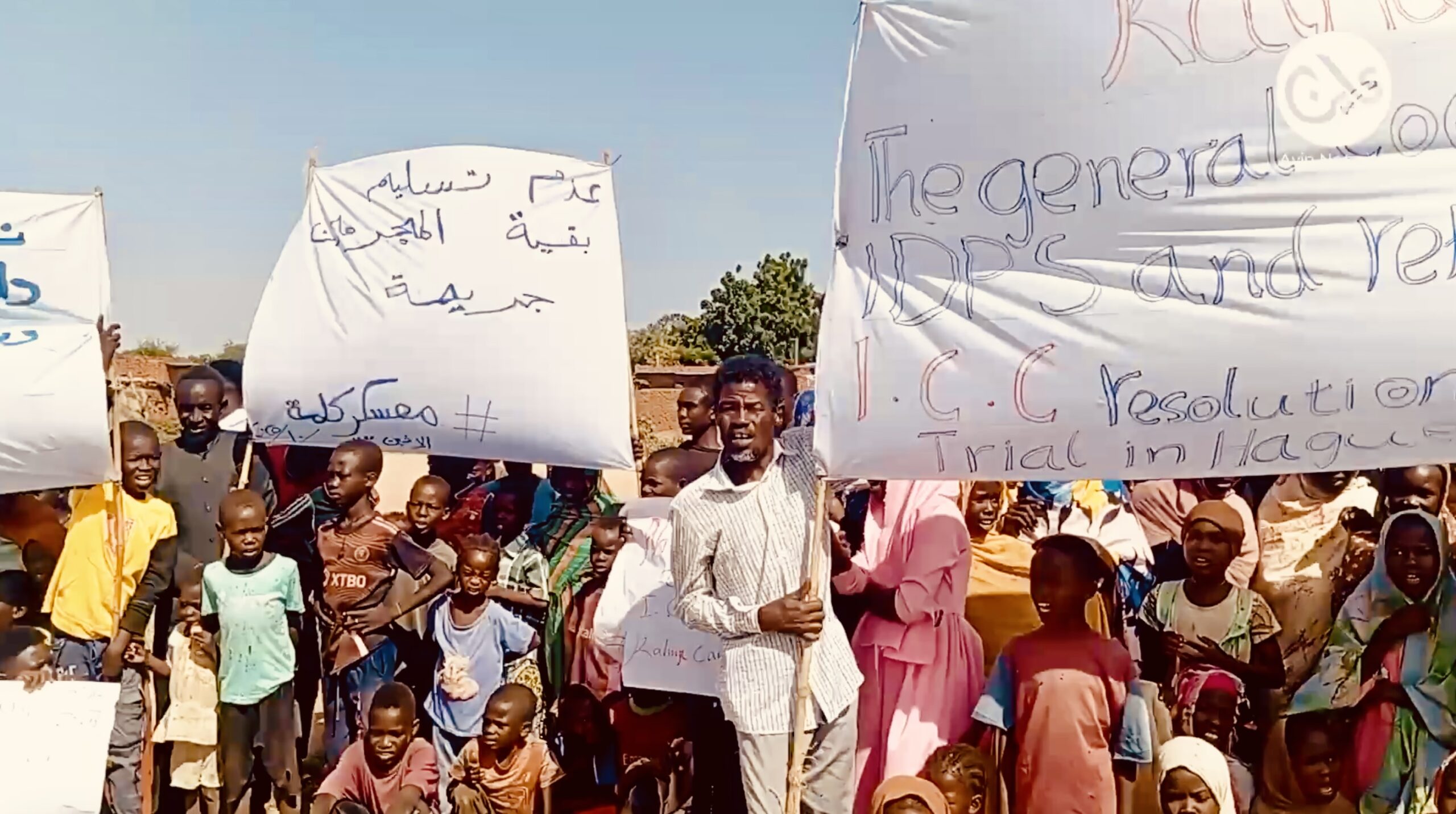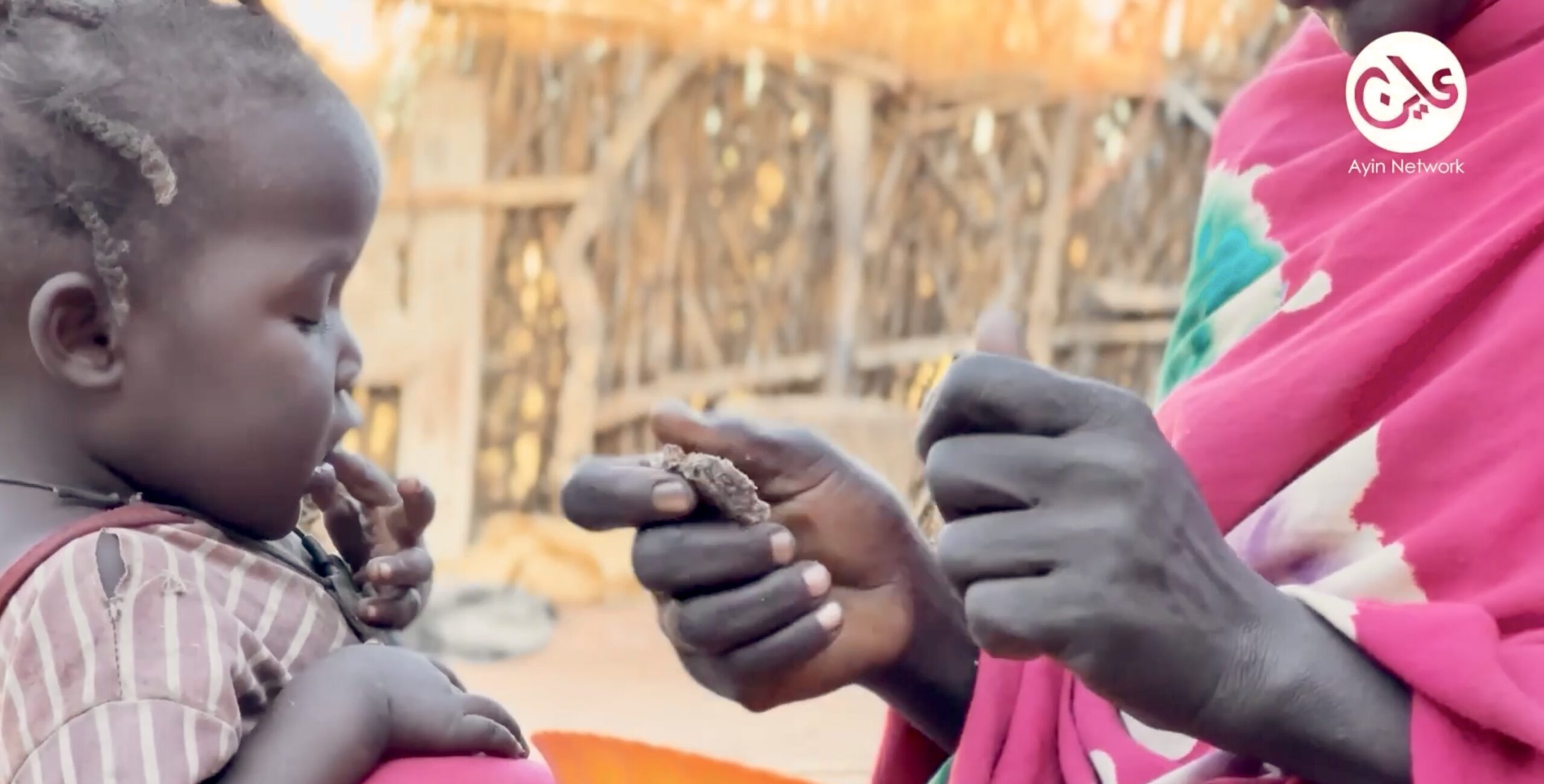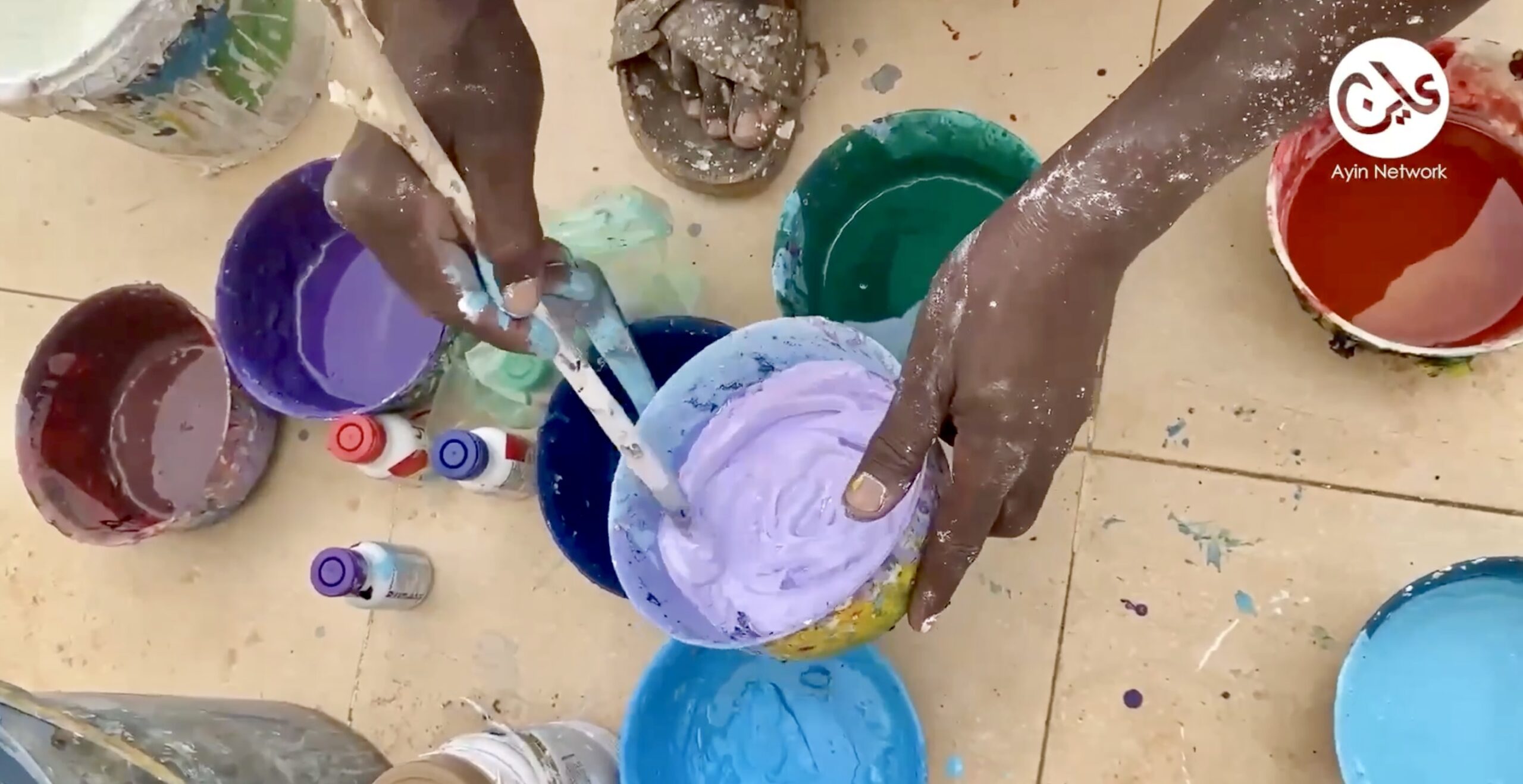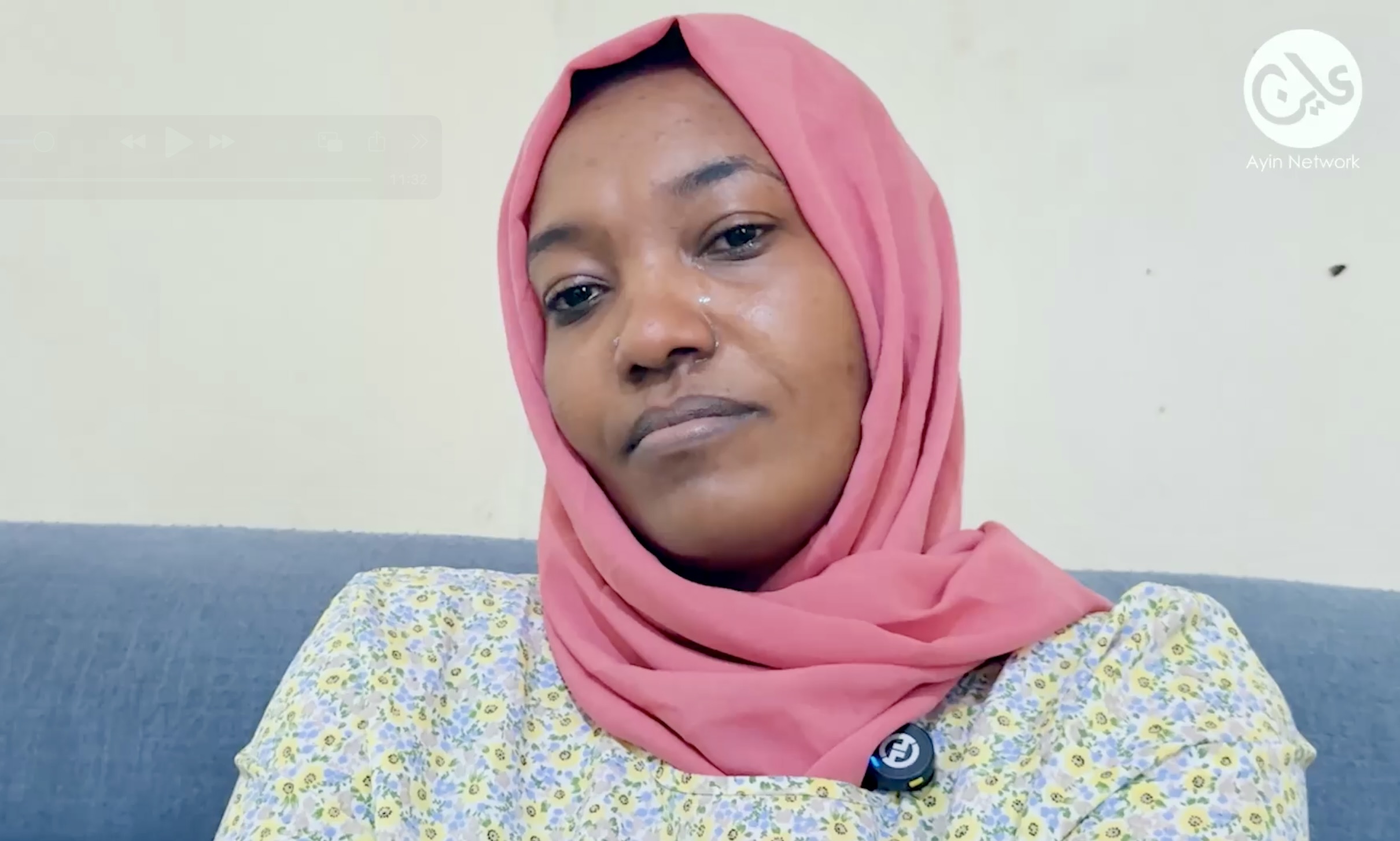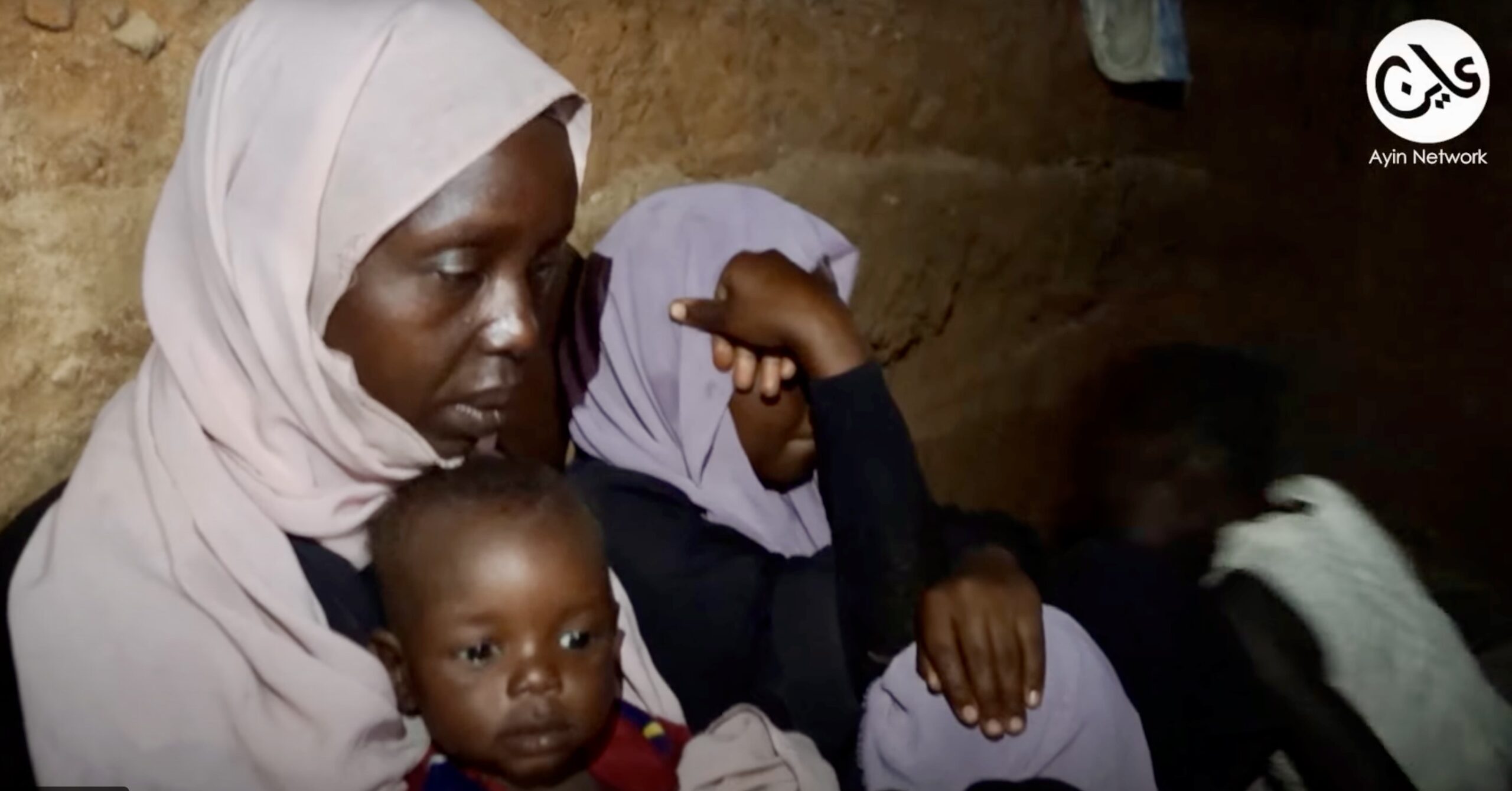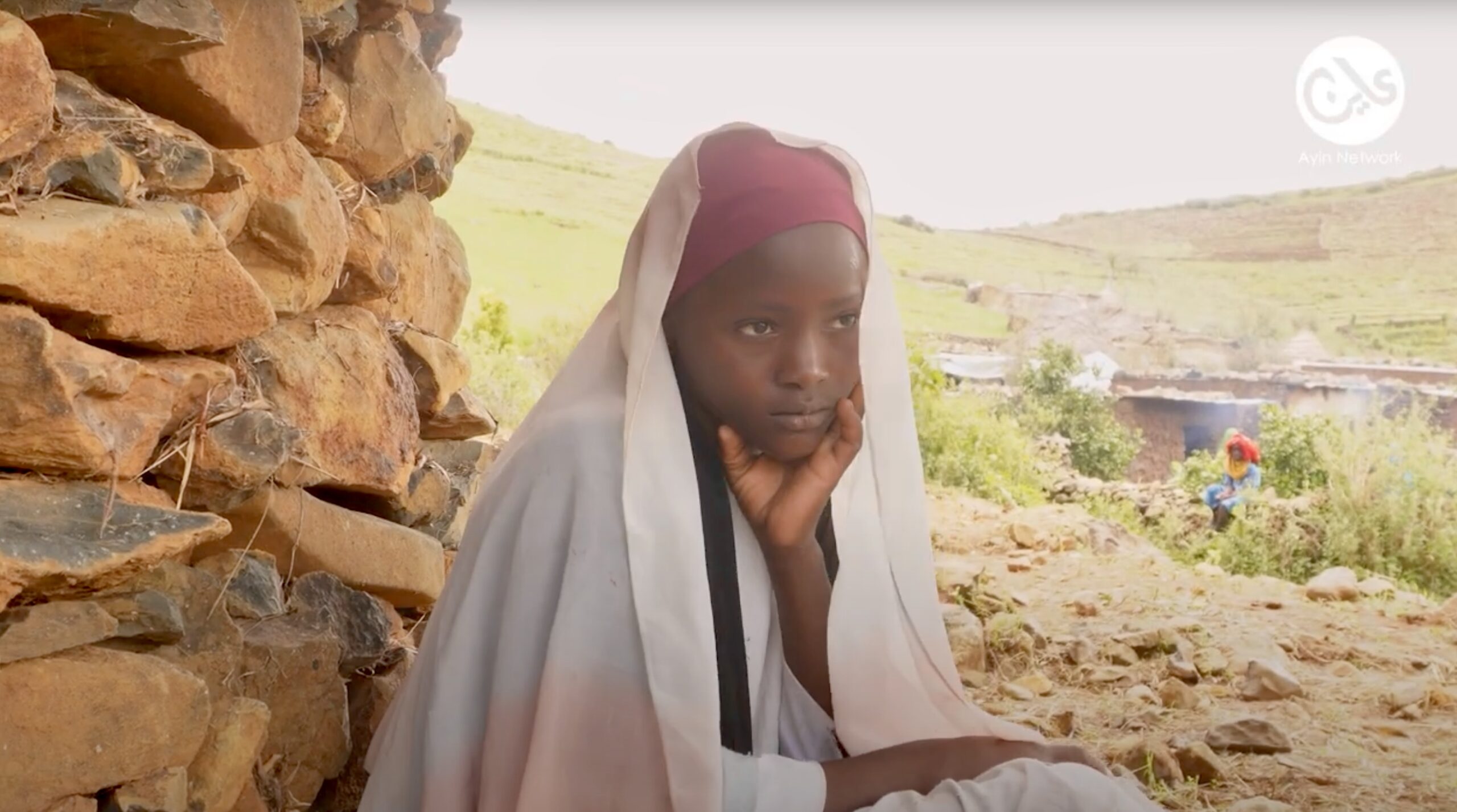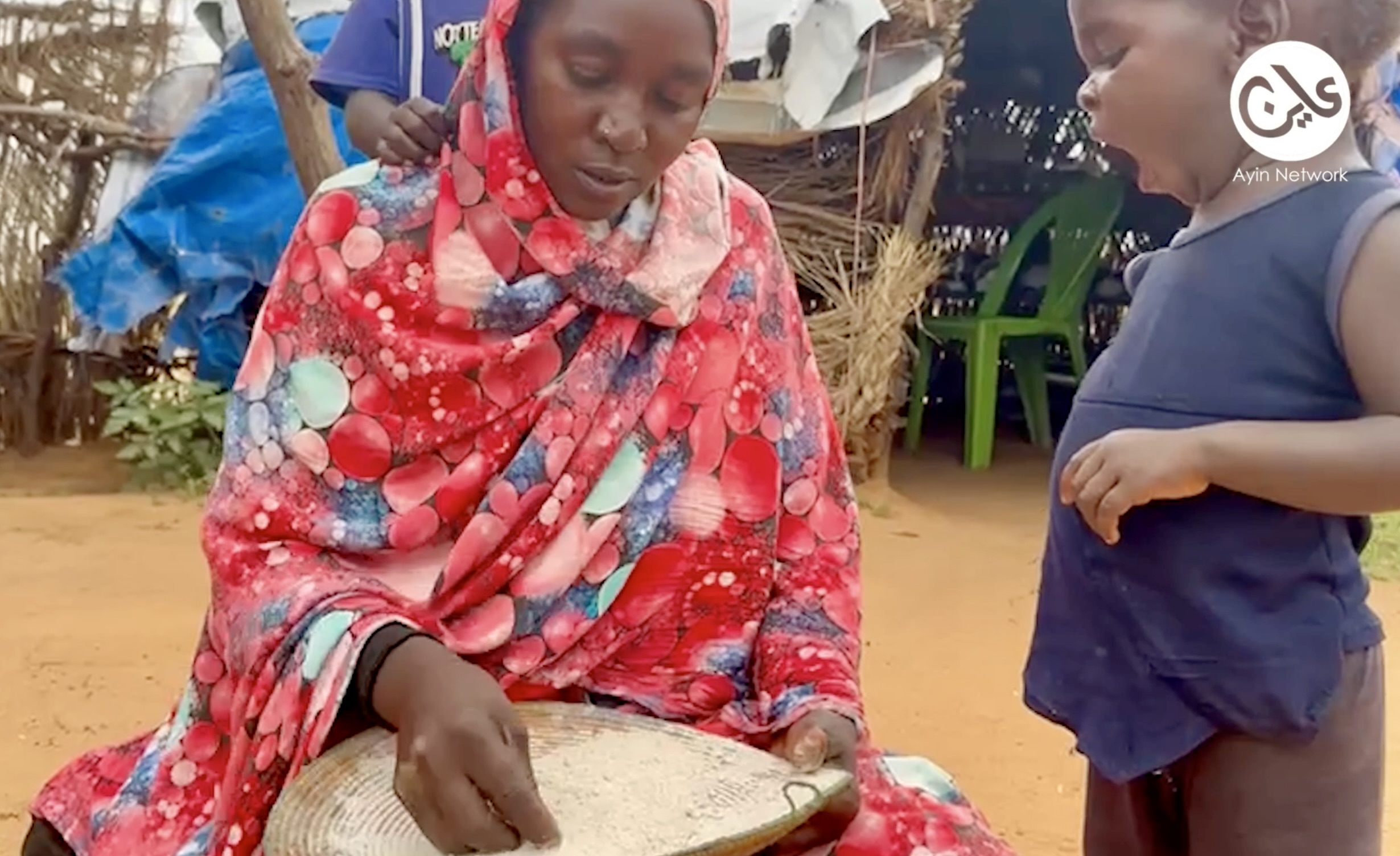The Road to Adré, Sudan’s most dangerous journey
15 August 2023
This article was co-reported by Ayin Media and The New Humanitarian, an independent journalism service that focuses on humanitarian crises around the world to inform prevention and response.
The route to safety for Darfuris fleeing ethnically targeted violence by Sudan’s paramilitary Rapid Support Forces (RSF) and allied militias is a relatively short 30-kilometre road that snakes a path to a refugee camp in neighbouring Chad.
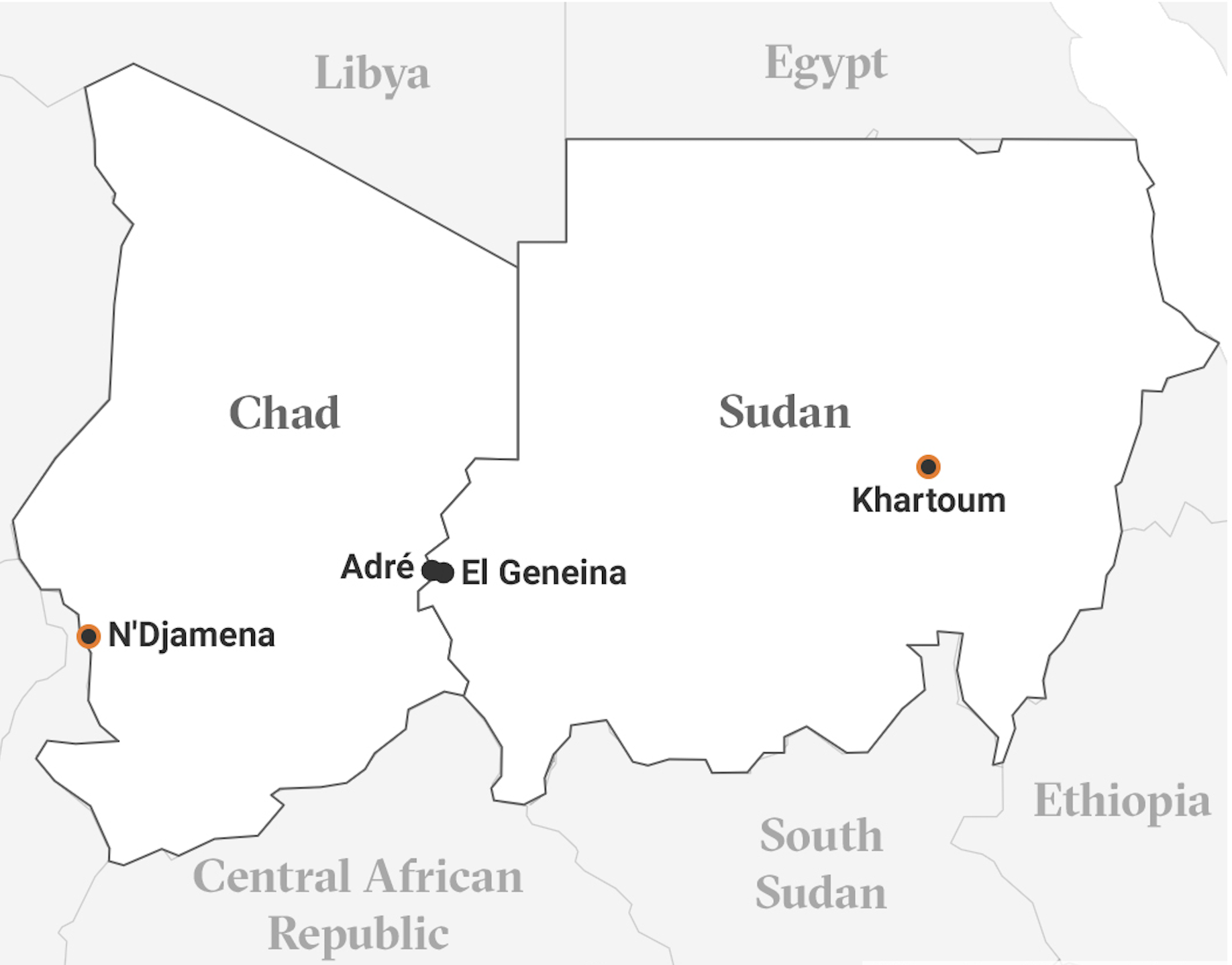
But those who have recently traversed the road – studded with militia checkpoints and strewn with corpses and mass graves – say it is the most dangerous journey they have ever undertaken.
“On the way, we found corpses lying every two kilometres,” said Zeinab Abdullah, a recently arrived refugee in Chad. “I also saw a large makeshift burial site, but I have no idea of the number of dead. It was too dangerous to stop along the road.”
The scene of a major armed conflict that gained international attention in the early 2000s, Darfur has been thrust into a new phase of violence since Sudan’s army and the RSF began fighting for control of the country in mid-April.
While the RSF is focused on battling the army in some parts of Darfur, in other areas its fighters – drawn largely from Darfuri Arab groups but by no means representative of the community – have launched mass attacks against non-Arabs, in particular the Masalit.
The attacks – which centre on the mostly Masalit West Darfur state and its capital city El Geneina – have driven more than 300,000 people into Chad, resulted in the deaths of several thousand civilians and revived memories of past horrors in the region.
While many civilians have lost their lives in towns and villages, others have been killed on the road from El Geneina to the Chadian border area of Adré, which is the main entry point for refugees and hosts the largest of several camps.
More than a dozen refugees in Chad told Ayin that armed youth from the RSF and allied Arab militias have been robbing, beating, and killing large numbers of fleeing civilians, often singling out the Masalit.
“When they asked me which tribe I belong to, I immediately denied that I was Masalit and told them I belong to the Barqu tribe,” said refugee Maryam Daoud. “I knew very well that if I told them the truth, that I am a Masalit, I would undoubtedly be killed.”
Daoud, who is 32, said she fled from El Geneina to Chad in late April after the RSF shot dead her husband and three of her brothers. During the journey, she said she crossed six checkpoints and saw 15 men killed in a single massacre.
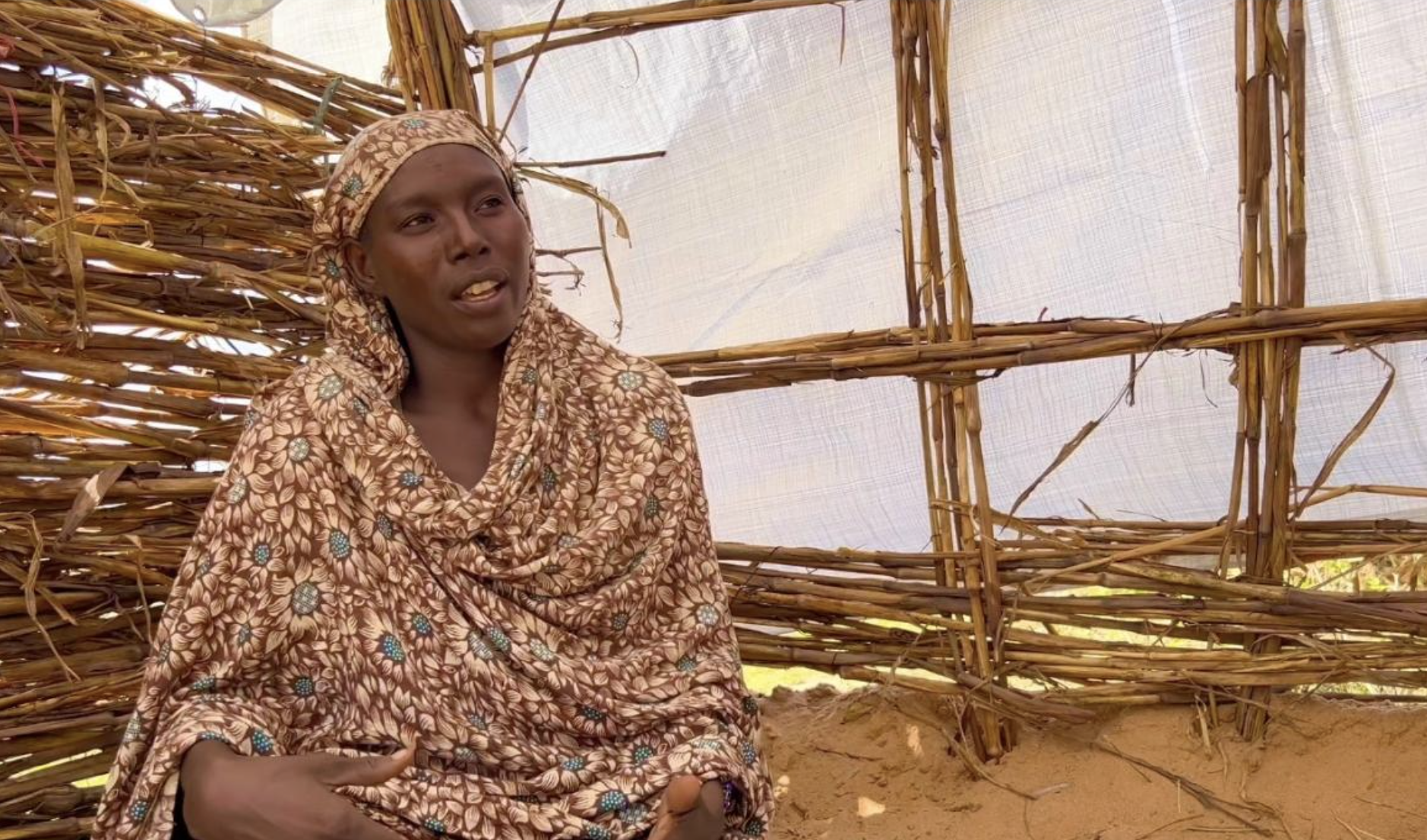
A long exile: ‘We will not go back to Sudan’
The RSF evolved out of Darfuri Arab militias – known as Janjaweed – created by ex-president Omar al-Bashir’s regime in the early 2000s. They were used to crush mostly non-Arab rebel groups that had risen up to protest Darfur’s marginalisation.
Janjaweed forces – drawn mainly from marginalised Arab groups that lacked traditional land rights – displaced vast numbers of non-Arab civilians including the Masalit and seized their land. The war hardened the region’s historically fluid ethnic identities.
Al-Bashir’s 2019 ouster amid mass protests led to new tensions. In West Darfur, Masalit leaders used the transition to call for justice, compensation, and the return of their land. Local Arab leaders had different and sometimes competing expectations.
Arab militia attacks on Masalit killed hundreds of civilians from 2019-2022, just as a UN-African Union peace-making mission in Darfur drew down. Violence then erupted again in late April as Masalit youth armed themselves to fight the now rebellious RSF.
Masalit leader Sultan Saad Bahar al-Deen told Ayin that some 10,000 civilians from his community have since been killed in West Darfur. Al-Deen said the RSF has launched an organised operation to clear El Geneina of Masalit.
Many of the civilians targeted in recent weeks were people who lived in internal displacement camps set up in El Geneina during the 2000s conflict. But Masalit lawyers, community leaders, and even the West Darfur state governor have also been killed.
“We won’t go back to Sudan, since the RSF said they do not want to see displaced people in El Geneina and that we do not have a home there,” said Randa Abdullah, who is 18 and was born in a camp after Arab militias attacked her parent’s village in 2003.
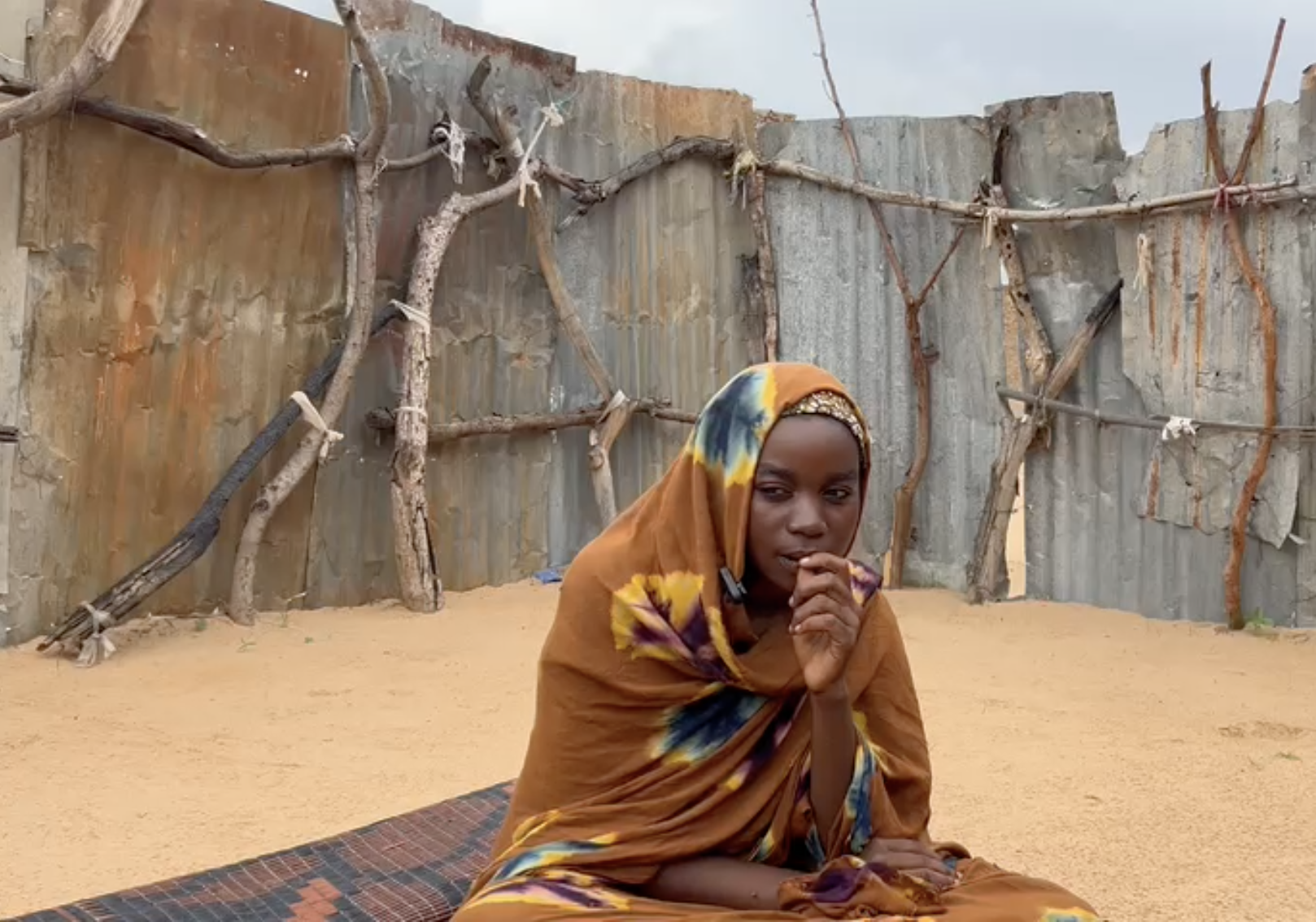
Harrowing escapes: ‘The Janjaweed were everywhere’
Ahmed Muhammed*, who is 15 and from the Masalit community, fled to Adré in mid-June after one of his brothers was killed and two others were injured in RSF attacks on civilians in El Geneina.
Muhammed told Ayin that he put on women’s clothes for the journey to Chad, hoping it would protect him from the RSF and militia fighters, which many Darfuris still refer to as Janjaweed.
His decision proved prescient. Along the road, fighters stopped his group and ordered men and women to form separate lines. “They separated us and then shot at the men’s line,” Muhammed said. “A number of us died, but we survived and escaped.”
Ali Abdallah*, who is 11 years old, fled El Geneina on 14 June to Adré after both of his parents were killed. They were shot next to their family home in a Masalit displacement camp within the city, he said.
Abdallah said his mother gave him instructions just before she succumbed to her injuries. “My mother said to me: ‘Ali, you are responsible for supporting this little sister of yours from today. Please take her and flee to Chad.’”
The 11-year-old said he found adults heading in the same direction and travelled with them. But the group soon bumped into militias. “The Janjaweed were everywhere around the road,” Abdallah said. “After every ten minutes, we were stopped.”
Abdallah said he grew tired of carrying his sister during the journey and handed her over to an adult man in the group. But the adult was shot dead at a checkpoint, Abdallah said, forcing him to take his sister back until they reached the border.
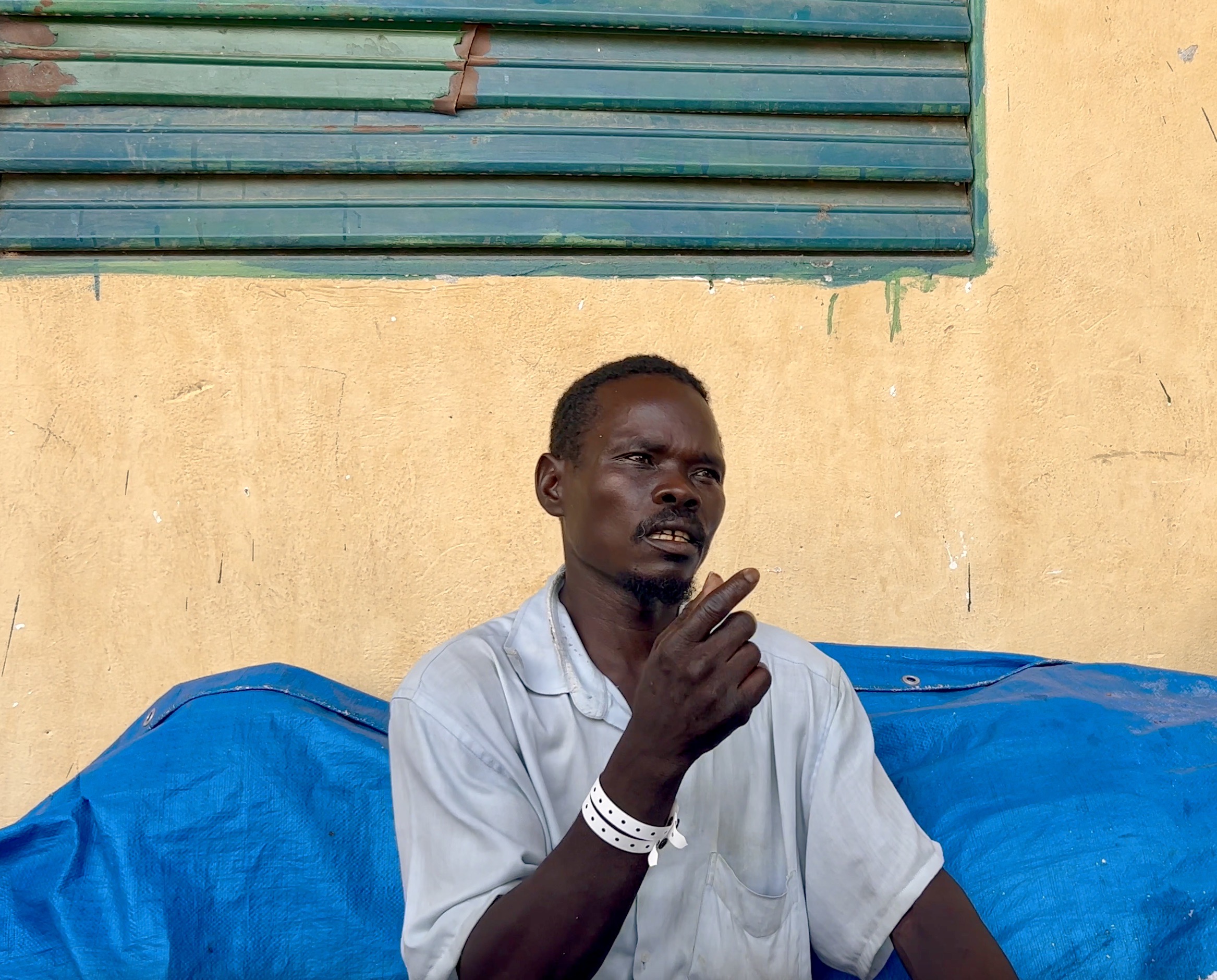
Women targeted: ‘She passed away on the spot’
Women have also been targeted along the same road, according to Juma Dawood, another Masalit refugee. He said his wife was killed by a member of an RSF-aligned militia in June as they fled El Geneina.
Dawood said the crime was carried out at a checkpoint by RSF fighters and militiamen who accused him of participating in attacks against Arabs, an allegation he denied. Fighters began beating him and then turned on his wife when she tried to intervene.
“My wife immediately fell on her stomach with our son on her back,” Dawood said. “I immediately took our son from her back and tried to lift her, but all her features changed, and she passed away on the spot.”
For the sake of his children’s safety, Dawood said he could only cover his wife with her clothes and keep moving. Just metres away, he said, he then found corpses of other women and men that had been killed.
“On our way, we found another woman lying on the ground covered in blood and her infant screaming on her back,” Dawood said. “I sent one of my children to retrieve the baby. We took him, and then finally reached the border to Chad.”
Dawood told Ayin that the attacks were clearly linked to the Masslit identity of those fleeing. During interrogations at checkpoints, he said the RSF referred to him and others as “slaves” and warned them never to return to Darfur.
“The [RSF] asked us if El Geneina is an Arab place or is it for the Masalit,” Dawood said. “If you answered ‘Masalit’ you would be killed directly. Every checkpoint could be your last.”
Though ethnicity has played a clear role in the mobilisation of fighters and the targeting of civilians, it is not the only factor that explains the recent violence in West Darfur, said researcher Mohamed Osman of Human Rights Watch.
“We also need to acknowledge other factors that fueled the tension, including the absence of any political processes to address grievances, impunity, and security reform,” Osman told Ayin.
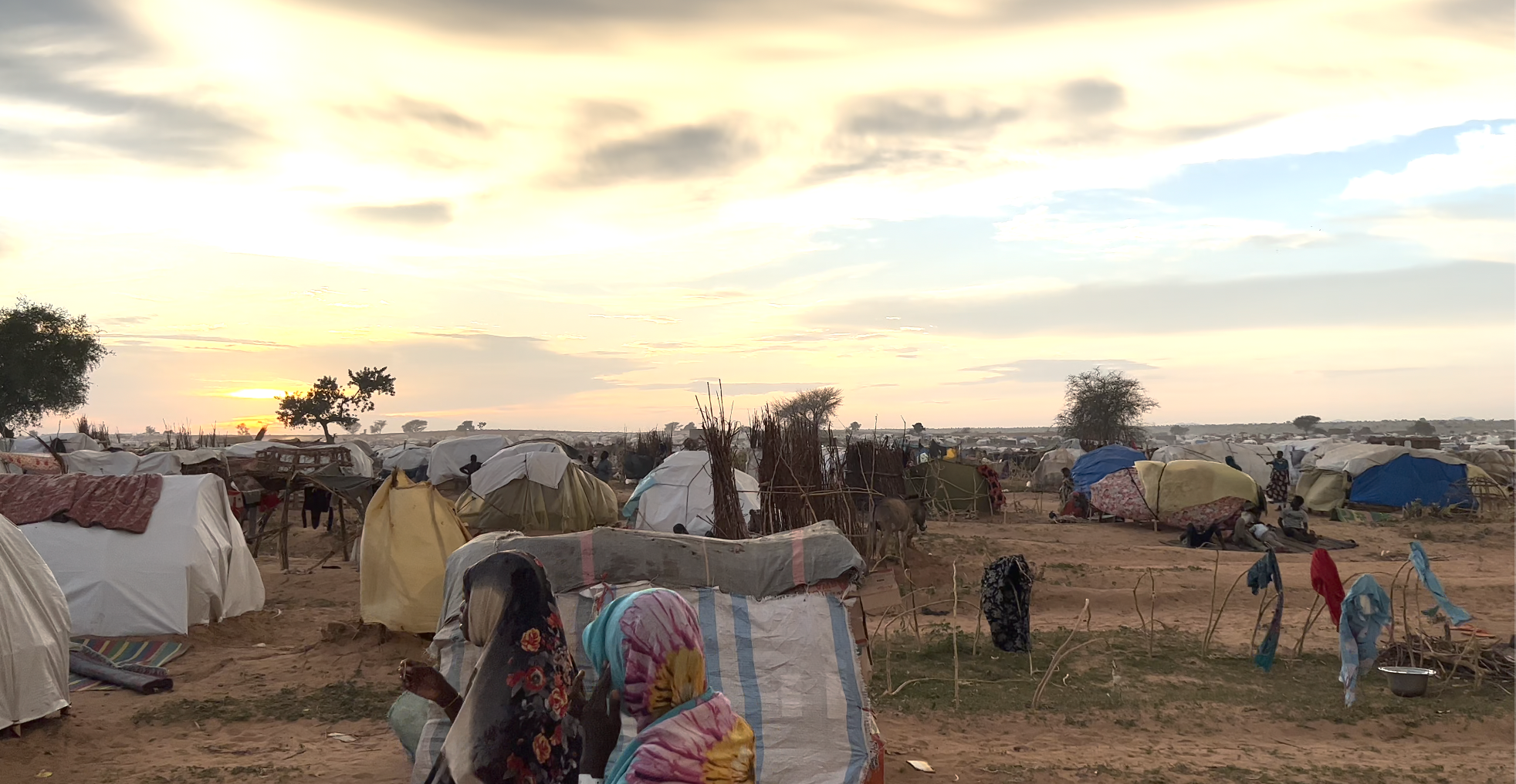
Support needed: ‘We just face rain and heat without anything to cover ourselves’
Other refugees said their suffering did not end after arriving in Chad, which was already hosting hundreds of thousands of Darfuris from the 2000s conflict, and from more recent episodes of violence.
The new arrivals said humanitarian and social services are limited in the camps and that refugees are journeying to dangerous border areas to find small patches of land for farming.
Jamia Khalil, 61, arrived in Adré in early July and said she only received her first food ration a month later. “There are no camps or shelters here,” Khalil told Ayin. “We just face rain and heat without anything to cover ourselves.”
Ithar Khalil, a member of the Sudanese Doctors Committee in Chad, said there are currently 500 cases of malnourished children in Adré Hospital. She said overcrowding in the Adré camp has also led to outbreaks of dysentery and acute eye infections.
“A number of these children have died since they reached the hospital very late,” Khalil said. “The aid provided by international aid organisations simply isn’t enough to satisfy the refugees’ hunger.”
Randa Abdullah, the 18-year-old born in an El Geneina displacement camp, said she appreciates the security in Adré but little else. “The only thing we like here in Chad is not hearing the sound of bullets,” she said.
*Names have been changed to protect the identity of sources.





